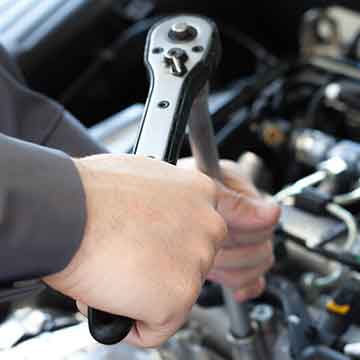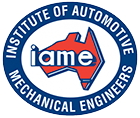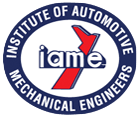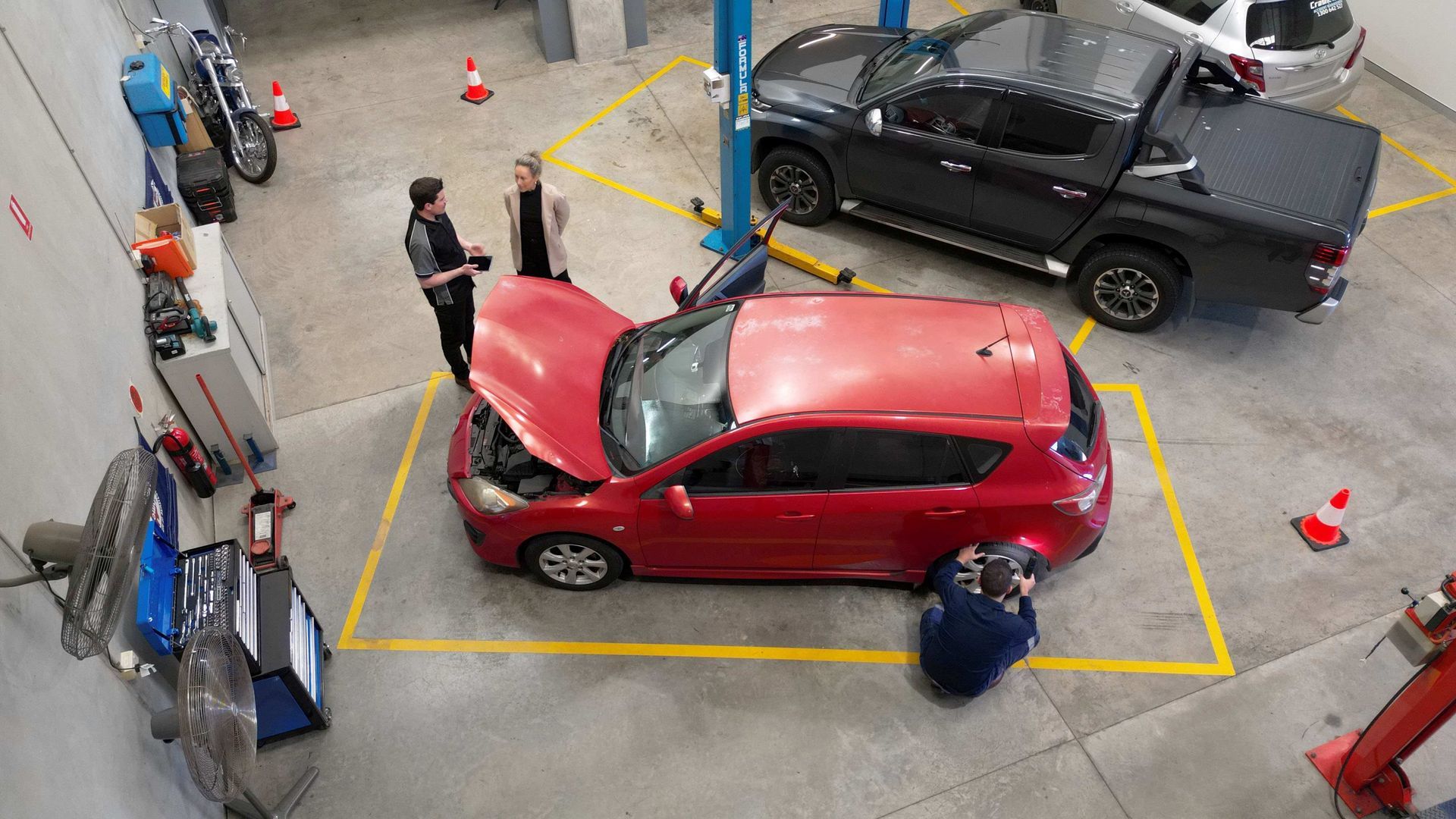New Research on Car Buying Intentions Highlights Challenges for Australia's Emissions Reduction Plan

Recent research on car buying intentions in Australia has shed light on the complexities and challenges associated with the government's ambitious plan to reduce the country's light vehicle emissions by 60% within the next five years. The findings underscore the need for a multi-faceted approach to address the barriers to adoption of low-emission vehicles and achieve meaningful progress towards environmental sustainability.
According to a recent study conducted, a significant portion of Australian consumers still prioritize traditional internal combustion engine vehicles over their low-emission counterparts. Despite growing awareness of climate change and the environmental impact of transportation, factors such as cost, range anxiety, and limited infrastructure continue to influence purchasing decisions.
One of the key findings of the research is the persistent preference for petrol and diesel vehicles among Australian consumers. Despite the availability of electric and hybrid options, the majority of respondents expressed a strong inclination towards conventional vehicles due to concerns about the affordability and practicality of alternative fuel technologies.
This preference for traditional vehicles poses a significant challenge to the government's emissions reduction plan, which relies heavily on transitioning to low-emission and zero-emission vehicles to meet its targets. Without a substantial shift in consumer behavior and preferences, achieving a 60% reduction in light vehicle emissions within five years appears increasingly difficult.
Furthermore, the research highlights the need for targeted interventions and incentives to accelerate the adoption of low-emission vehicles. While initiatives such as rebates, grants, and subsidies for electric and hybrid vehicles have been introduced, their impact on consumer behavior remains limited.
In addition to financial incentives, addressing the infrastructure gap is crucial to overcoming barriers to adoption of low-emission vehicles. Concerns about the availability of charging stations and range anxiety continue to deter consumers from making the switch to electric vehicles, particularly in regional and remote areas where infrastructure development has been slow.
The findings of the research underscore the importance of a comprehensive and integrated approach to emissions reduction in the transportation sector. In addition to promoting the uptake of low-emission vehicles, initiatives to improve public transportation, encourage active transport modes such as cycling and walking, and invest in sustainable urban planning are essential components of a holistic strategy to reduce Australia's carbon footprint.
Moreover, partnerships between the government, industry stakeholders, and the community are vital to driving systemic change and overcoming the challenges associated with transitioning to a low-carbon transport system. By fostering collaboration and innovation, Australia can work towards achieving its emissions reduction targets while creating a more sustainable and resilient transportation sector for the future.
In conclusion, while the government's plan to reduce Australia's light vehicle emissions by 60% in five years is ambitious, it faces significant challenges highlighted by new research on car buying intentions. Addressing consumer preferences, infrastructure constraints, and other barriers to adoption of low-emission vehicles will require concerted efforts and innovative solutions from all stakeholders involved.








